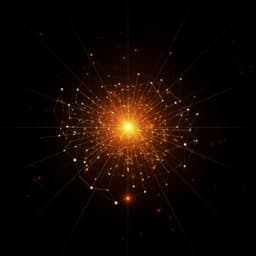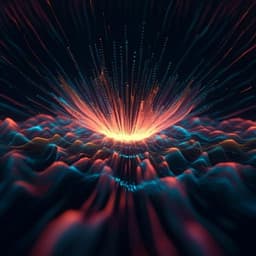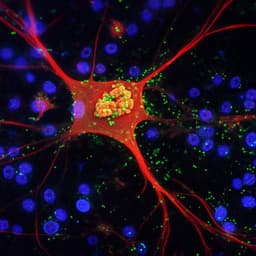
Engineering and Technology
Visualizable detection of nanoscale objects using anti-symmetric excitation and non-resonance amplification
J. Zhu, A. Udupa, et al.
Discover a groundbreaking optical sensing framework developed by Jinlong Zhu, Aditi Udupa, and Lynford L. Goddard that visualizes nanoscale objects using a widefield microscope. This innovative approach utilizes electromagnetic canyons and non-resonance amplification to surpass the limitations of traditional diffraction-limited microscopes, achieving impressive visualization of 25-nm radius objects.
Playback language: English
Related Publications
Explore these studies to deepen your understanding of the subject.







